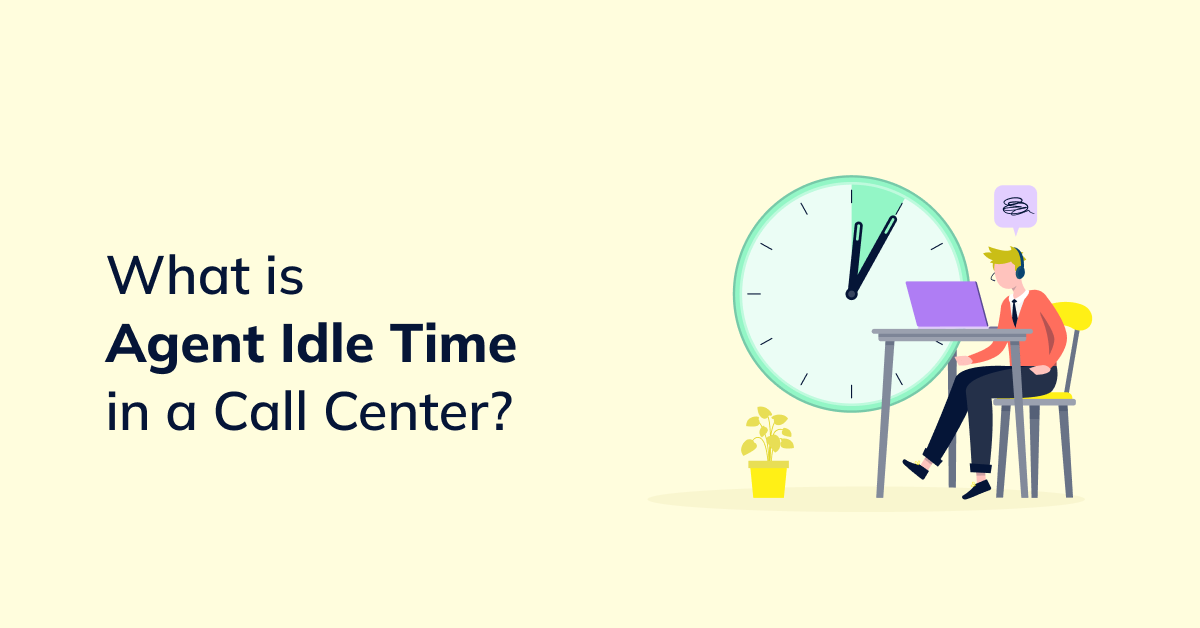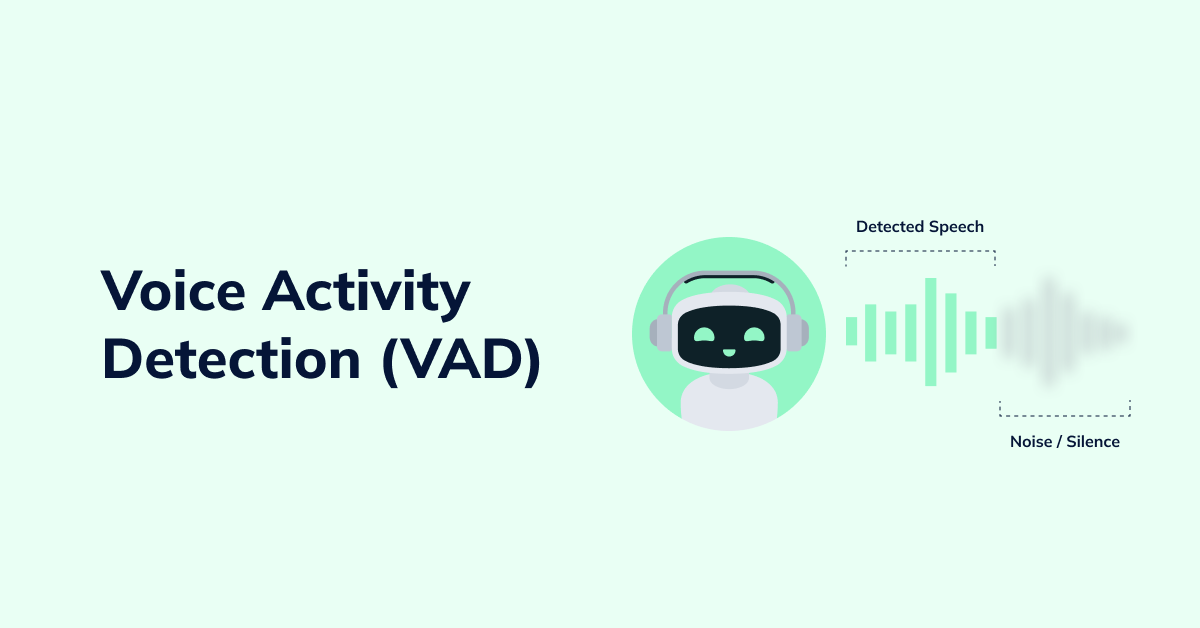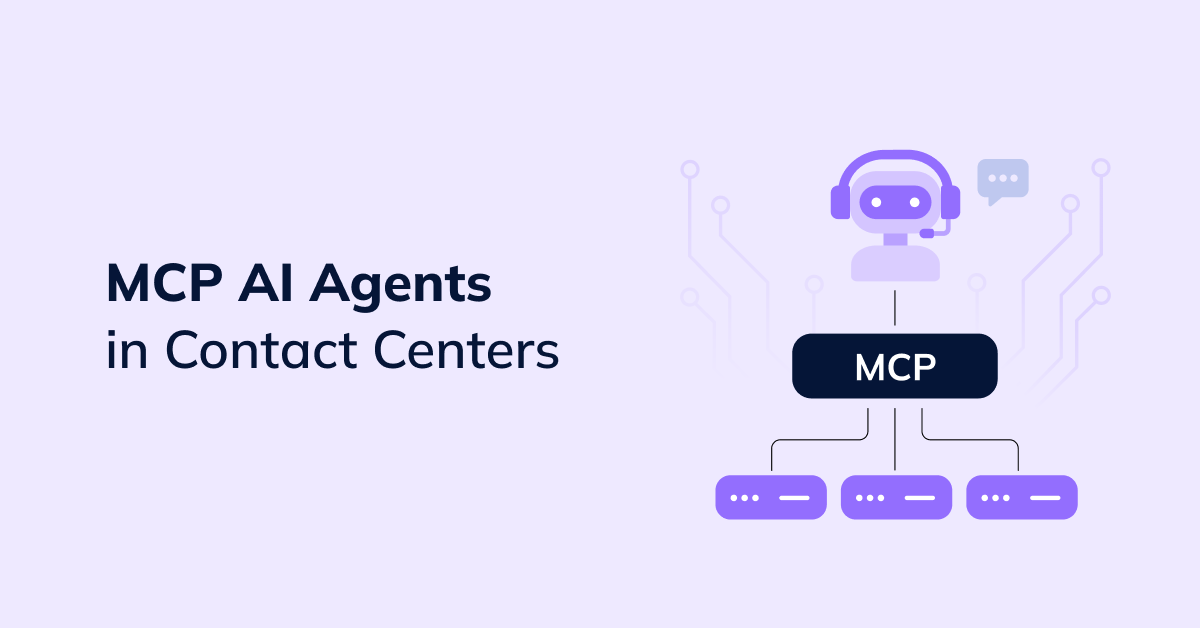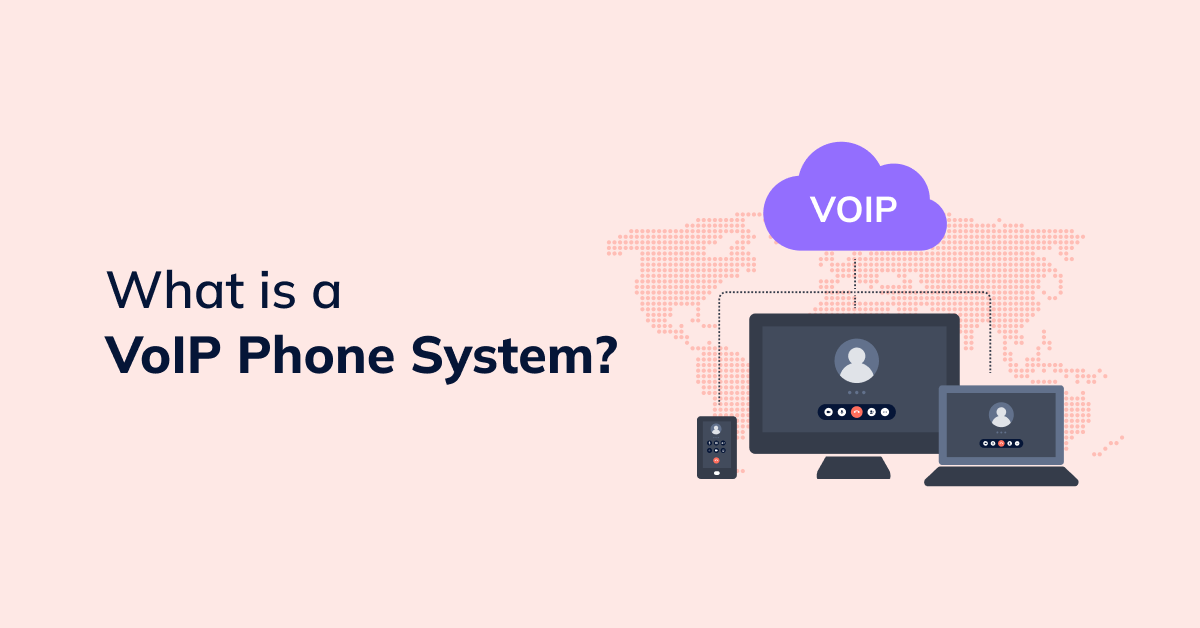Though call center managers are always looking for ways to maximize the efficiency and productivity of the agents, idle time – when agents are not actively engaged in interacting with customers or doing some after-call related tasks – is an inevitable part of a typical call center agent’s routine. According to research conducted by Aberdeen, contact center agents spend up to 25% of their time idle.
What is Agent Idle Time in a Call Center?
Agent idle time, also known as agent availability time or simply idle time, refers to the amount of time that a call center representative isn’t handling customer calls or performing any after-call related activities, such as updating customer information or making notes in the CRM. Agent idle time is literally the time spent waiting for the next call to come in.
Why is it Important to Track Agent Idle Time?
Along with other critical call center metrics and KPIs, tracking agent idle time is essential for:
- Increasing agent productivity
- Improving customer service levels
- Optimizing resource allocation
- Reducing operational costs
For example, excessive agent idle time may indicate that there are too many agents to handle the current call volumes, which means agents are less productive.
While managers are typically aiming to reduce idle time and increase the occupancy rate, it’s not necessarily an ideal situation. If there is no idle time at any given moment, it means there are no call center reps available to attend the next call, which may result in longer call queues, more dropped calls, and reduced customer satisfaction.
In addition, no idle time may create too much pressure for agents, leading to more job stress, demotivation, burnout, increased turnover rates, and agents’ overall well-being negatively affected.
How to Calculate Agent Idle Time
Idle time can be monitored by workforce management software that tracks agent activity, like log-in and log-out times, call handling times, and other factors to determine when an agent isn’t engaged in interactions with customers.
Idle time is calculated by subtracting the total time an agent spends on productive activities, including talk time, hold time, and call wrap-up time (after call wrap), from the total time the agent is logged into their system or scheduled to work. The idle time formula is the following:
Agent Idle Time = Total logged in time – (Talk time + Hold time + Wrap-up time)
How to Reduce Agent Idle Time in Outbound Call Centers
Reducing idle time is particularly important in outbound call centers, where agents are responsible for making outbound calls for lead generation or sales since lower idle time would mean agents are able to handle more outbound calls and close more deals. One of the most efficient ways to lower idle time is using AI auto dialer software with predictive dialing capabilities.
A predictive dialer system utilizes Artificial Intelligence and machine learning algorithms to predict agent availability based on real-time and historical call data, such as call abandonment rates, average call duration, and other metrics. It automatically initiates multiple simultaneous outbound phone calls per agent a few moments before the agent becomes available. Once the agent completes their interaction, they are instantly connected to the next call in the queue.
With predictive dialing, agents don’t have to wait for the next call to connect, which significantly reduces idle time and improves agent productivity.
FAQs
What is the average idle time for call center agents?
While there is no universally accepted industry standard for the average idle time in call centers, it is generally recommended that call centers should aim to maintain an occupancy rate of around 85%, which means 15% of agent idle time. However, that percentage can vary depending on the industry, the type and size of the call center, and other factors. Lower idle time typically indicates increased agent productivity.
What are the examples of agent idle time?
The interval between the moment when a call center agent completes post-call related activities for one interaction and the moment when they start engaging in the next interaction is the agent idle time. During this time agents may be involved in various activities, such as updating their product/ service knowledge, developing new skills, targeted training, team collaboration, doing some administrative tasks, etc.





 +18889082995
+18889082995
 +442036084160
+442036084160
 +97237237006
+97237237006